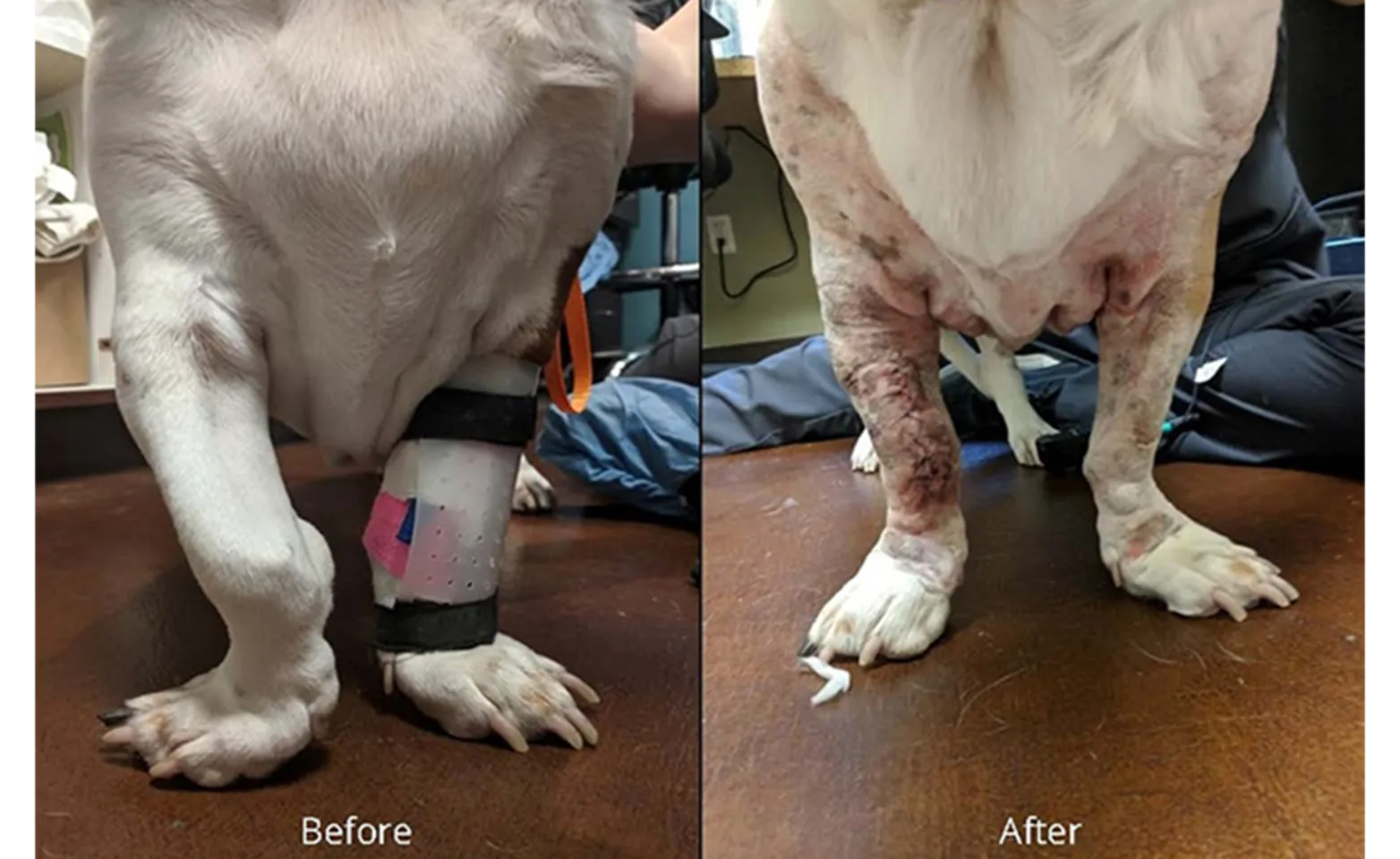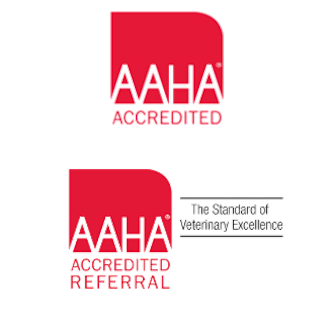VetMED Emergency & Specialty Veterinary Hospital

Have you ever wondered why Basset Hounds have funny, curved front legs? It is not to prevent them from stepping on their own ears. It is because they have been bred to have angular limb deformities (ALD). These are deformities in the bone that occur as an animal is still growing and cause the affected limb to appear “crooked” or twisted. The limb may bow outward or curve inward, causing the paw to strike the ground in an inappropriate way and affect the paw pads.
These changes in limb alignment can also lead to arthritis in the nearby joints, pain, and lameness. Another cause of an ALD is a previous fracture that healed without the bone being aligned and stabilized properly. Regardless of the cause, the long-term effects are similar.
Fortunately, ALDs can be corrected with surgery and the majority of patients improve following surgery. The goals of surgical repair are improving the alignment of the bone, decreasing stress on the joints, decreasing the development of osteoarthritis and pain, and return to normal gait and function. The procedure typically involves making a cut in the affected bone, called a corrective osteotomy, aligning the bone appropriately, and securing the bone in place with orthopedic implants. The most common types of implants used are bone plates and screws or an external skeletal fixator. The decision for which implants are used is based on the type and location of the deformity, as well as the age of the patient.
The recovery period for ALD correction is 8-12 weeks of rest. Your pet will be re-evaluated frequently throughout the recovery process by the surgeon.
Correction of angular limb deformities is one of the most technically challenging procedures in orthopedic surgery. Successful correction requires meticulous planning, a great deal of training, and a very good understanding of joint biomechanics, and should be performed by trained board-certified surgeons.

